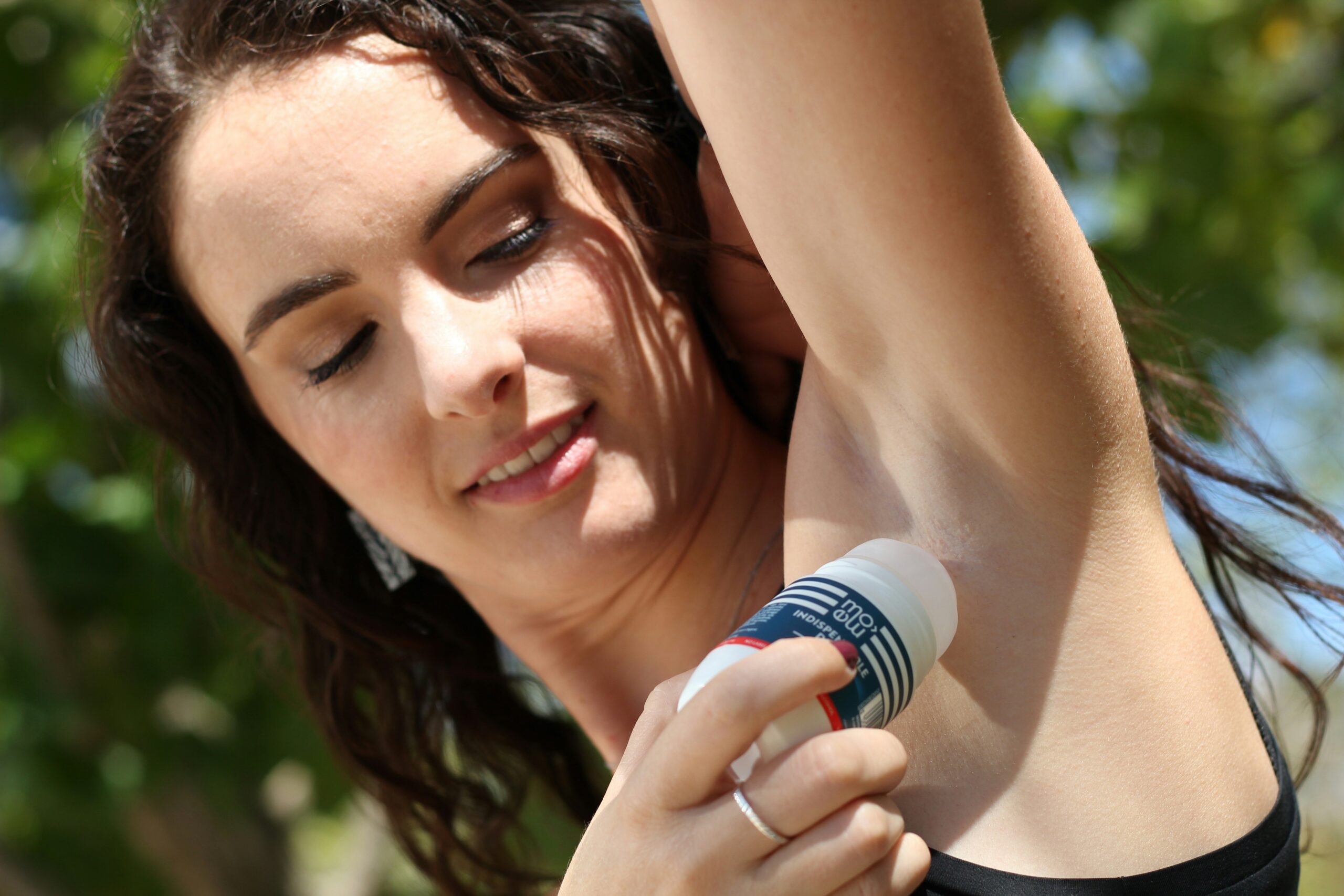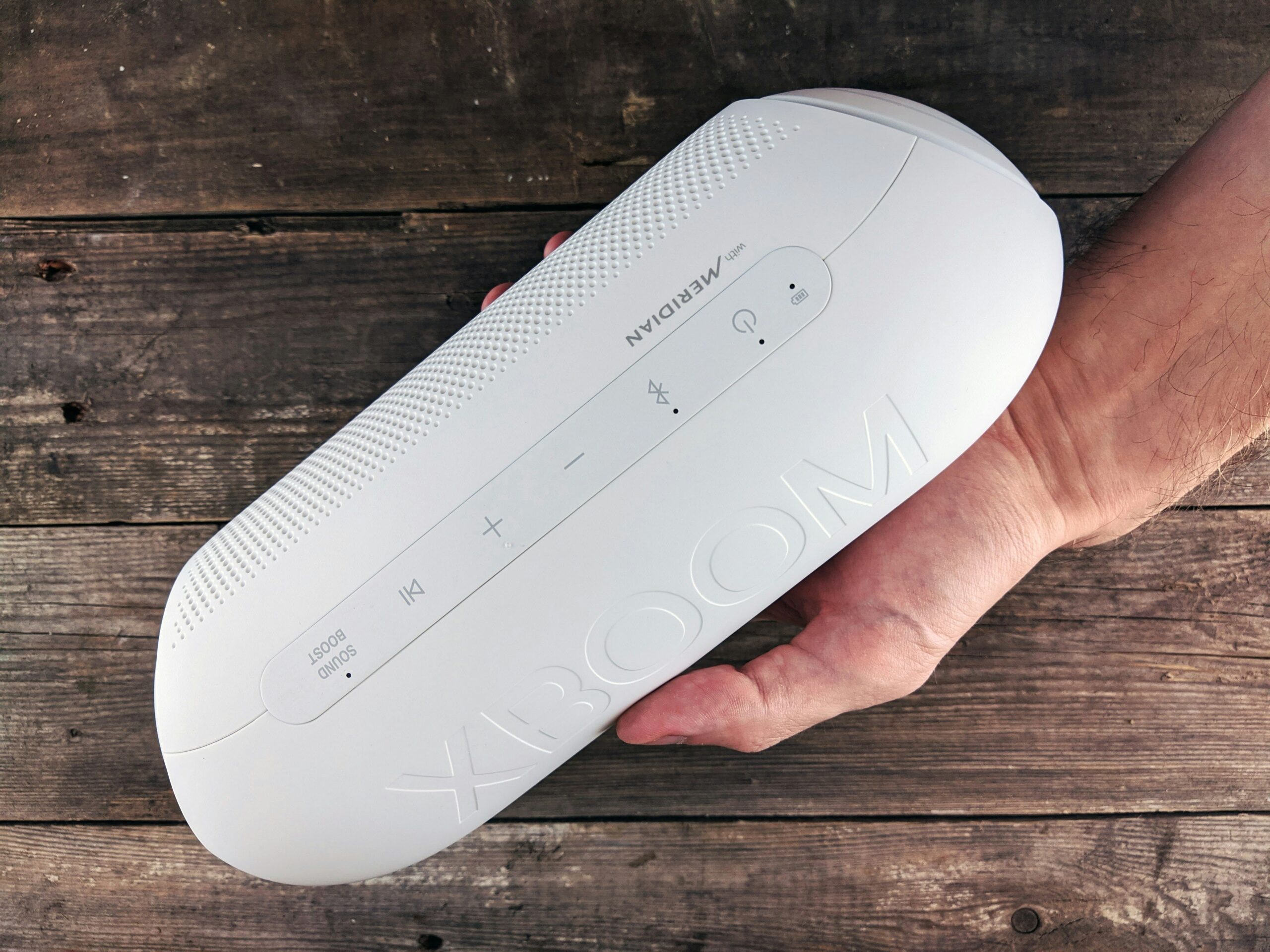Deodorant stains are a common nuisance, plaguing many wardrobes and causing frustration. Whether you’re dealing with unsightly white marks on dark fabrics or stubborn yellow stains on light-colored clothing, this guide provides a thorough exploration of methods and tips for effectively removing these blemishes. Understanding the types of stains, the reasons behind them, and the best techniques to treat and prevent them is crucial. Let’s delve into how to remove deodorant stains.
Understanding Deodorant Stains
Deodorant stains generally come in two forms: white residue on dark clothing and yellow stains on light fabrics. The white residue results from the ingredients in antiperspirants and deodorants, such as aluminum compounds, which are meant to block sweat glands. When these ingredients come into contact with the fabric, they leave behind a chalky white mark. On the other hand, yellow stains are caused by a reaction between the aluminum compounds and sweat. This reaction creates a buildup that embeds into the fabric fibers, making it more challenging to remove.
Types of Fabrics and Their Challenges
Different fabrics react differently to deodorant and sweat, and each type requires specific care. Here’s a look at some common fabrics and the unique challenges they present:
- Cotton: This natural fiber is breathable and absorbent but can be prone to yellow stains. It is generally durable and can withstand various cleaning methods.
- Synthetic Fabrics (Polyester, Nylon, etc.): These materials are often used in activewear and are known for their moisture-wicking properties. However, they can retain odors and stains more persistently than natural fibers.
- Silk: A delicate fabric that requires gentle care. Deodorant stains on silk can be particularly challenging due to the fabric’s sensitivity to water and cleaning agents.
- Wool: Another natural fiber, wool is prone to shrinkage and damage if not cleaned properly. Deodorant stains on wool require careful handling to avoid ruining the garment.
Pre-Treatment Methods
Before diving into specific stain removal techniques, pre-treatment is crucial. Pre-treating stains helps to loosen and lift the deodorant residue, making the main cleaning process more effective. Here are some effective pre-treatment methods:
- Vinegar Solution: Mix equal parts of white vinegar and water. Apply the solution to the stained area and let it sit for about 30 minutes before laundering. Vinegar helps to break down the stain and neutralize odors.
- Baking Soda Paste: Create a paste by mixing baking soda with a small amount of water. Apply the paste to the stain and gently rub it in with a soft brush. Let it sit for about 30 minutes before washing. Baking soda acts as a gentle abrasive and deodorizer.
- Lemon Juice and Salt: Mix lemon juice with a pinch of salt and apply it to the stain. The acidity of the lemon juice helps to break down the stain, while the salt acts as a mild abrasive. Let it sit for 30 minutes before rinsing and washing.
- Hydrogen Peroxide: For white fabrics, hydrogen peroxide can be an effective pre-treatment. Apply a small amount to the stain and let it sit for a few minutes. Be cautious with colored fabrics, as hydrogen peroxide can bleach them.
Stain Removal Techniques
Once you’ve pre-treated the stains, it’s time to move on to more intensive cleaning methods. Here’s a comprehensive guide to removing both white and yellow deodorant stains:
Removing White Deodorant Stains
- Rubbing Alcohol: Dab a cotton ball or cloth with rubbing alcohol and gently rub the stained area. The alcohol helps to dissolve the deodorant residue. Rinse and wash the garment as usual.
- Dish Soap: Apply a small amount of liquid dish soap directly to the stain. Gently work it into the fabric with a soft brush or your fingers. Let it sit for about 10 minutes before rinsing and washing.
- Aspirin Solution: Crush a couple of aspirin tablets and mix them with a small amount of water to form a paste. Apply the paste to the stain and let it sit for about 30 minutes. Rinse thoroughly and wash the garment.
- Commercial Stain Removers: There are various commercial stain removers available that are specifically formulated to tackle deodorant stains. Follow the manufacturer’s instructions for the best results.
Removing Yellow Deodorant Stains
- Hydrogen Peroxide and Baking Soda: Mix hydrogen peroxide with baking soda to form a paste. Apply the paste to the stain and gently scrub with a soft brush. Let it sit for about 30 minutes before rinsing and washing. This method is particularly effective for white fabrics.
- White Vinegar and Water: Soak the stained area in a solution of equal parts white vinegar and water for about 30 minutes. After soaking, wash the garment as usual. This method helps to break down the yellow discoloration.
- Lemon Juice and Baking Soda: Mix lemon juice with baking soda to form a paste. Apply the paste to the stain and gently scrub with a soft brush. Let it sit for about 30 minutes before rinsing and washing. The acidity of the lemon juice helps to break down the stain, while baking soda acts as a gentle abrasive.
- Oxiclean or Enzyme-Based Cleaners: These commercial products are designed to break down organic stains like sweat and deodorant. Follow the manufacturer’s instructions for the best results. Soaking the garment in the solution before washing can enhance the effectiveness.
Special Considerations for Delicate Fabrics
When dealing with delicate fabrics like silk and wool, it’s important to use gentle methods to avoid damaging the material:
- Silk: Use a mild detergent specifically designed for silk. Avoid using hot water or harsh chemicals. For pre-treatment, gently blot the stain with a mixture of water and white vinegar. Rinse with cold water and air dry.
- Wool: Use a wool-safe detergent and avoid using hot water. Gently blot the stain with a mixture of water and white vinegar. Rinse with cold water and lay flat to dry to prevent stretching or shrinking.
Preventative Measures
Preventing deodorant stains is easier than dealing with them after they occur. Here are some tips to help you keep your clothes stain-free:
- Choose the Right Deodorant: Look for deodorants that are labeled as stain-free or low-residue. Some brands are formulated to minimize staining.
- Apply Deodorant Sparingly: Use only the necessary amount of deodorant. Applying too much increases the likelihood of stains.
- Allow Deodorant to Dry: After applying deodorant, allow it to dry completely before putting on your clothes. This reduces the chances of transferring residue to the fabric.
- Wear Undershirts: Wearing an undershirt can act as a barrier between your skin and outer clothing, reducing the risk of stains.
- Wash Clothes Promptly: Wash clothes as soon as possible after wearing them. The longer deodorant stains sit, the more difficult they become to remove.
- Use Stain Repellent Sprays: Applying a stain repellent spray to the underarm area of your clothes can provide an extra layer of protection against stains.
Home Remedies vs. Commercial Products
When it comes to removing deodorant stains, both home remedies and commercial products have their pros and cons. Here’s a comparison to help you decide which approach is best for you:
Home Remedies
Pros:
- Generally cheaper and readily available.
- Often made from natural ingredients.
- Versatile and can be used for various types of stains.
Cons:
- May require more time and effort.
- Effectiveness can vary depending on the fabric and type of stain.
- Some remedies (e.g., lemon juice) can cause discoloration on certain fabrics.
Commercial Products
Pros:
- Specifically formulated for stain removal.
- Often quicker and more convenient.
- Typically come with clear instructions for use.
Cons:
- Can be more expensive.
- May contain harsh chemicals.
- Effectiveness can vary depending on the brand and product.
Common Mistakes to Avoid
When attempting to remove deodorant stains, it’s important to avoid certain common mistakes that can worsen the stain or damage the fabric:
- Using Hot Water: Hot water can set stains, making them more difficult to remove. Always use cold or lukewarm water for pre-treating and washing stained garments.
- Rubbing Vigorously: Rubbing too hard can damage the fabric fibers and spread the stain. Always use gentle motions when applying cleaning solutions.
- Mixing Cleaning Agents: Some cleaning agents can react negatively with each other, creating harmful fumes or causing discoloration. Stick to one method at a time.
- Ignoring Care Labels: Always follow the care instructions on the garment’s label. Some fabrics require special care and can be damaged by certain cleaning methods.
- Delaying Treatment: The longer a stain sits, the harder it becomes to remove. Treat deodorant stains as soon as possible for the best results.
FAQs on how to remove deodorant stains
How can I prevent deodorant stains from forming in the first place?
To prevent deodorant stains, start by choosing a deodorant labeled as stain-free or low-residue. Apply only a small amount and allow it to dry completely before putting on your clothes. Wearing an undershirt can act as a barrier, and using stain repellent sprays on the underarm area of your clothes can provide extra protection. Washing clothes promptly after wearing them also helps prevent stains from setting in.
What is the best way to remove white deodorant marks from dark clothing?
For removing white deodorant marks from dark clothing, rubbing alcohol is an effective solution. Dab a cotton ball or cloth with rubbing alcohol and gently rub the stained area. The alcohol helps dissolve the deodorant residue. Alternatively, you can use liquid dish soap. Apply a small amount directly to the stain, work it into the fabric with a soft brush, let it sit for about 10 minutes, then rinse and wash the garment.
How do I get rid of yellow deodorant stains on white clothes?
Yellow deodorant stains on white clothes can be removed using a mixture of hydrogen peroxide and baking soda. Create a paste by mixing the two, apply it to the stain, and gently scrub with a soft brush. Let it sit for about 30 minutes before rinsing and washing. For an alternative method, soak the stained area in a solution of equal parts white vinegar and water for 30 minutes, then wash as usual. Oxiclean or enzyme-based cleaners are also effective for these types of stains.
Are there special considerations for removing deodorant stains from delicate fabrics like silk and wool?
Yes, delicate fabrics like silk and wool require gentle care when removing deodorant stains. For silk, use a mild detergent specifically designed for silk and avoid hot water or harsh chemicals. Pre-treat by gently blotting the stain with a mixture of water and white vinegar, then rinse with cold water and air dry. For wool, use a wool-safe detergent and avoid hot water. Gently blot the stain with a mixture of water and white vinegar, rinse with cold water, and lay flat to dry to prevent stretching or shrinking.
What common mistakes should I avoid when trying to remove deodorant stains?
Avoid using hot water, as it can set stains and make them more difficult to remove. Don’t rub the fabric vigorously, as this can damage fibers and spread the stain. Avoid mixing different cleaning agents, which can react negatively and cause discoloration or harmful fumes. Always follow the care instructions on the garment’s label, as some fabrics require special care. Lastly, don’t delay treatment; the sooner you address the stain, the easier it will be to remove.
Conclusion
Removing deodorant stains doesn’t have to be a daunting task. By understanding the nature of these stains, pre-treating effectively, and using the right removal techniques, you can keep your wardrobe looking fresh and clean. Whether you prefer home remedies or commercial products, there are plenty of options to suit your needs. Additionally, taking preventative measures can help you avoid future stains, ensuring that your clothes stay in great condition.
Remember, the key to success is to act quickly, be gentle with delicate fabrics, and choose the method that works best for you. With these tips and tricks, you’ll be well-equipped to tackle deodorant stains and keep your clothing looking its best.



